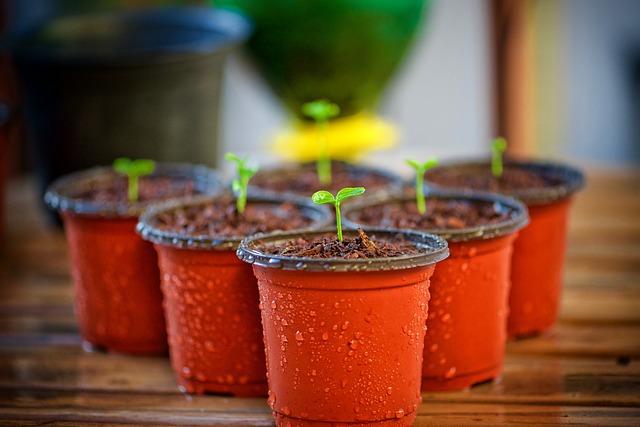Container Gardening for Beginners: What to Consider Before Getting Started?
Container gardening is a great way for beginners to start growing plants without requiring a lot of outdoor space or gardening knowledge. With the right containers, soil, and plants, you can create a beautiful garden that thrives right on your balcony, patio, or windowsill. In this beginner’s guide, we’ll cover everything you need to know to start your own container garden, including what to consider before getting started.
Choose the Right Container: The first step to container gardening is choosing the right container. When selecting containers, consider the following factors:
Size: Choose a container that is the appropriate size for the plant you want to grow. A container that is too small can limit the growth of your plant, while a container that is too large can make it difficult to move and may require more soil than necessary.
Material: Containers can be made from a variety of materials, including plastic, terra cotta, metal, and wood. Choose a material that complements your decor and that is appropriate for the type of plant you want to grow. For example, terra cotta pots are porous and may dry out quickly, while plastic pots retain moisture better.
Drainage: Proper drainage is essential for the health of your plants. Choose containers with drainage holes or add your own to allow excess water to escape. Without drainage, roots can become waterlogged and rot.
Soil: The next step is to choose the right soil. Regular garden soil is often too dense for container gardening. Instead, choose a high-quality potting mix that is specially formulated for containers. Potting mixes are lighter and drain better than regular soil, which allows roots to access nutrients and oxygen more easily.
Select Your Plants: When selecting plants for your container garden, consider the following factors:
Sunlight: Choose plants that are appropriate for the amount of sunlight your container will receive. Some plants require full sun, while others prefer partial shade.
Size: Choose plants that are appropriate for the size of your container. Smaller containers are better suited for smaller plants, while larger containers can accommodate larger plants or multiple plants.
Watering needs: Choose plants that have similar watering needs. This makes it easier to water all of your plants at once.
Maintenance: Choose plants that are appropriate for your level of gardening experience. Some plants require more maintenance than others, and it’s important to choose plants that you can care for properly.
Plant Your Garden
Once you’ve selected your containers, soil, and plants, it’s time to plant your garden. Here are the steps to follow:
- Fill your container with potting mix, leaving enough space at the top for your plants.
- Carefully remove your plants from their original containers, gently loosening the roots.
- Place your plants in the container, making sure they are spaced appropriately.
- Fill in any gaps with additional potting mix, gently pressing down to ensure the soil is firm.
- Water your plants thoroughly, making sure the soil is evenly moist.
Maintain Your Container Garden: The key to a healthy container garden is proper maintenance. Here are some tips to keep in mind:
Watering: Containers can dry out quickly, so it’s important to water your plants regularly. Check the soil regularly, and water when the top inch of soil is dry.
Fertilizing: Plants in containers need regular fertilization to stay healthy. Use a balanced fertilizer every four to six weeks during the growing season.
Pruning: Regular pruning can help keep your plants healthy and promote growth. Remove dead or damaged leaves, and prune back any overgrown branches.
Pests and Diseases: Keep an eye out for pests and diseases, and address any problems promptly. Regularly inspect your plants for signs of infestation or disease, and take action as necessary.
Conclusion
Container gardening is a great way for beginners to start their gardening journey without requiring a lot of space or experience. By choosing the right containers, soil, and plants, and following proper maintenance techniques, you can create a beautiful and thriving container garden that adds beauty and freshness to your living space. Remember to consider factors such as sunlight, plant size, watering needs, and maintenance requirements when selecting your containers and plants. With a little bit of patience and care, you can enjoy the rewards of a successful container garden and the joy of watching your plants grow and flourish.

